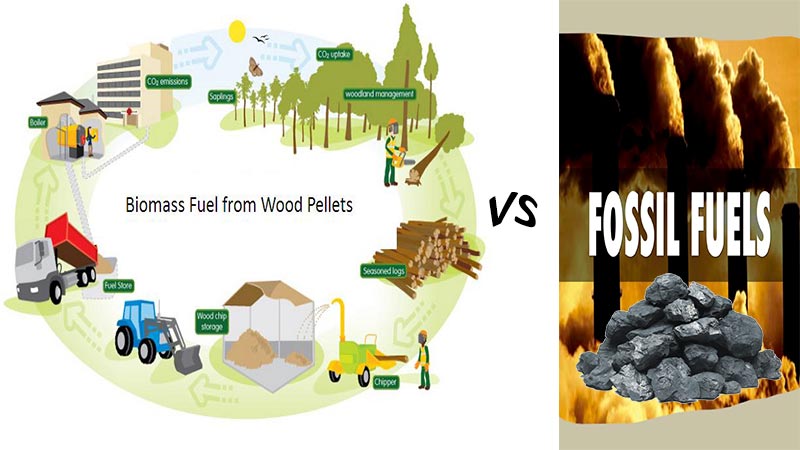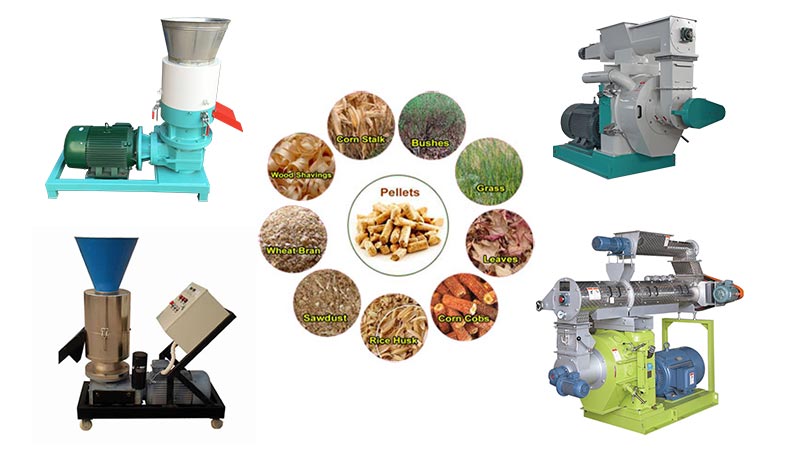Biomass Fule

Biomass fuel is carbon based and is composed of a mixture of organic molecules hydrogen, usually including atoms of oxygen, often nitrogen and also small quantities of other atoms, including alkali, alkali earth and heavy metals. These metals are often found in functional molecules such as the porphyries with include chlorophyll which contains magnesium.
Fossil Fuel
Fossil fuel such as coal, oil and gas are also derived from biological material, however material that absorbed co2 from the atmosphere many millions of years ago.
As fuels they offer high energy density, but making use of that energy involves burning the fuel, with the oxidation of the carbon to carbon dioxide and the hydrogen to water (vapor). Unless they are captured and stored, these combustion products are released to the atmosphere, returning carbon sequestered millions of years ago and thus contributing to increased atmospheric concentrations.
The Difference between Biomass and Fossil Fuels
The vital difference between biomass and fossil fuels is one of time scale.
Biomass takes carbon out of the atmosphere while it is growing, and returns are as it is burned. If it is managed on a sustainable basis, biomass is harvested as part of a constantly replenished crop. This is either during woodland or arboricultural management or cropping or as part of a continuous programmer of replanting with the new growth taking up co2 from the atmosphere at the same time as it is released by combustion of the previous harvest.
There are Five Basic Categories of Biomass Fuel Material
Virgin wood: from forestry, arboricultural activities or from wood processing.
Energy crops: high yield crops grown specifically for energy applications.
Agricultural residues: residues from agriculture harvesting or processing.
Food waste: from food and drink manufacture, preparation and processing, and post-consumer waste.
Industrial waste and co-products: from manufacturing and industrial processes.






